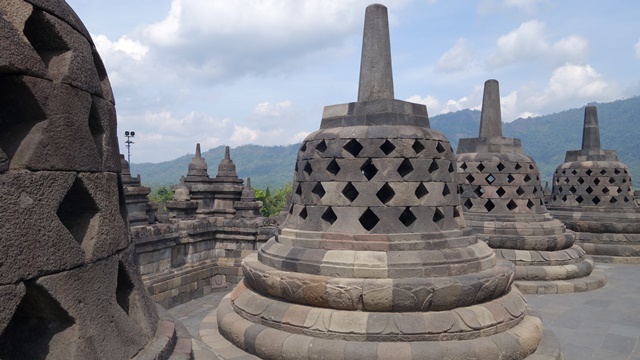Natural trigger for the Lusi mud eruption
The Lusi mud eruption that began in Indonesia in 2006, and is ongoing, could have been triggered by amplified seismic waves from a large earthquake in the region two days previously, reports a study published this week in Nature Geoscience.
The eruption was previously thought to have been caused by drilling by an oil company, which was held financially responsible.
Stephen Miller and colleagues use seismic data to image the ground at the site of the Lusi mud eruption. They identify a curved layer of rock that caps the mud reservoir. Previously, seismic waves from the preceding Yogyakarta earthquake were thought to have been too weak to trigger the mud eruption, but the authors use numerical simulations to show that the curved rock layer could have amplified and focused the passing seismic waves, generating stresses that were sufficient to liquefy the mud and trigger the eruption. The calculations imply that the eruption could have been triggered by natural causes rather than drilling.







